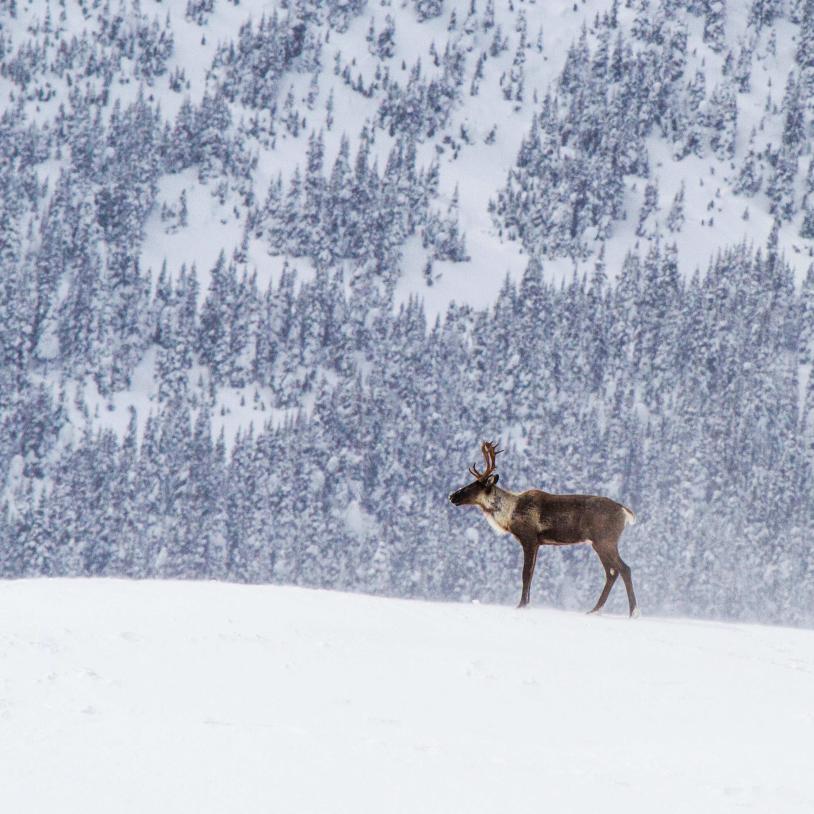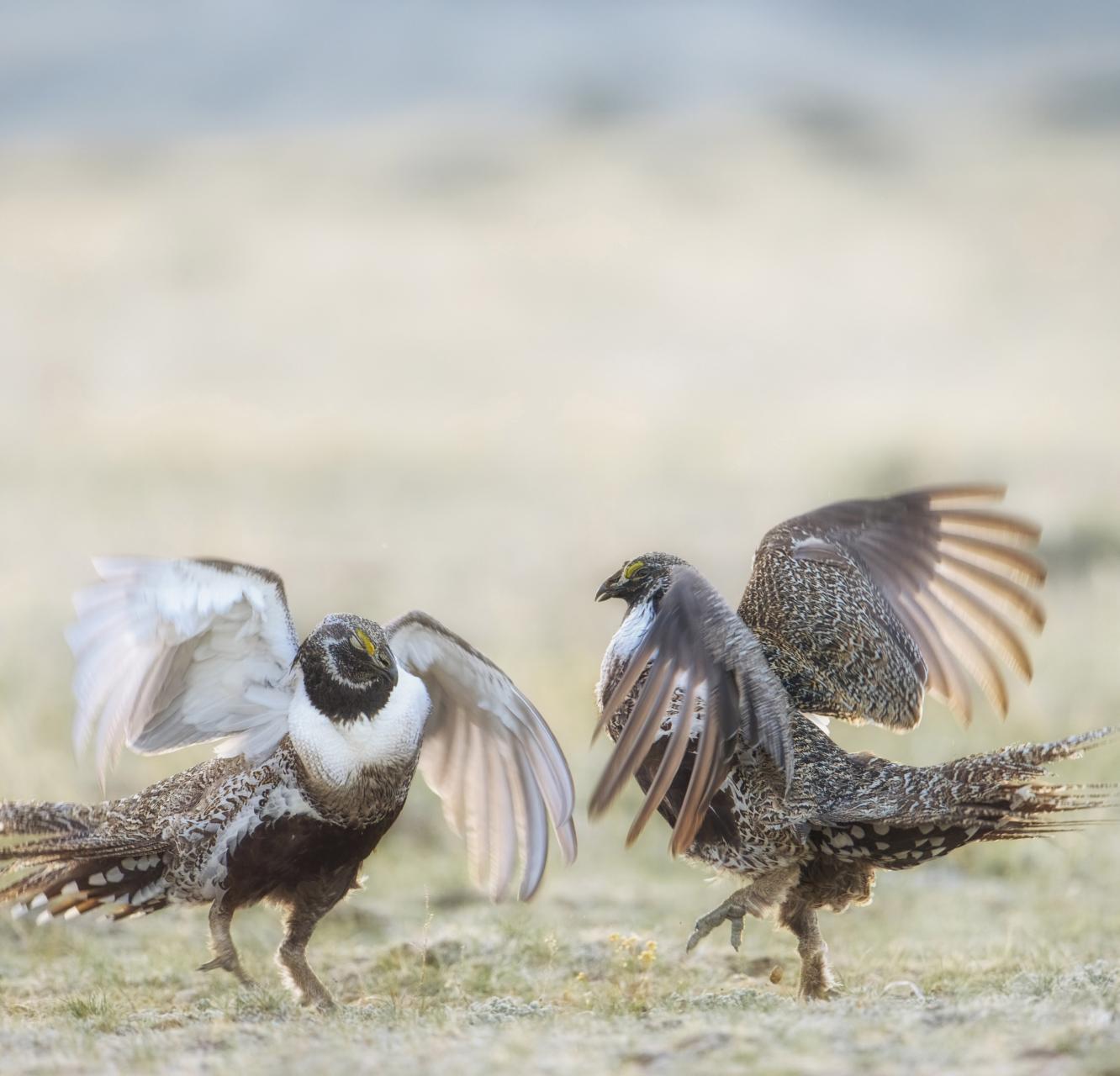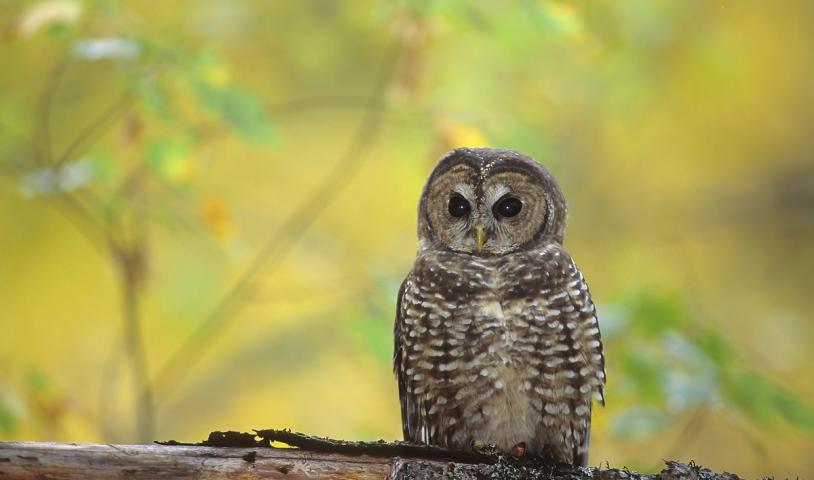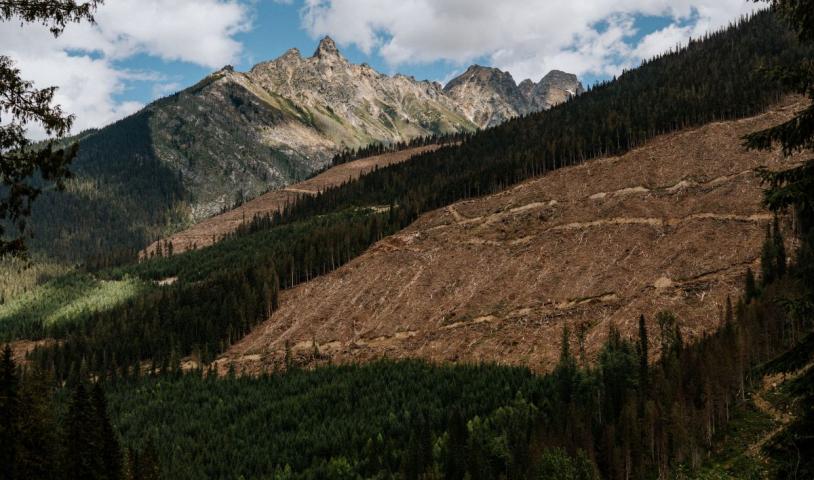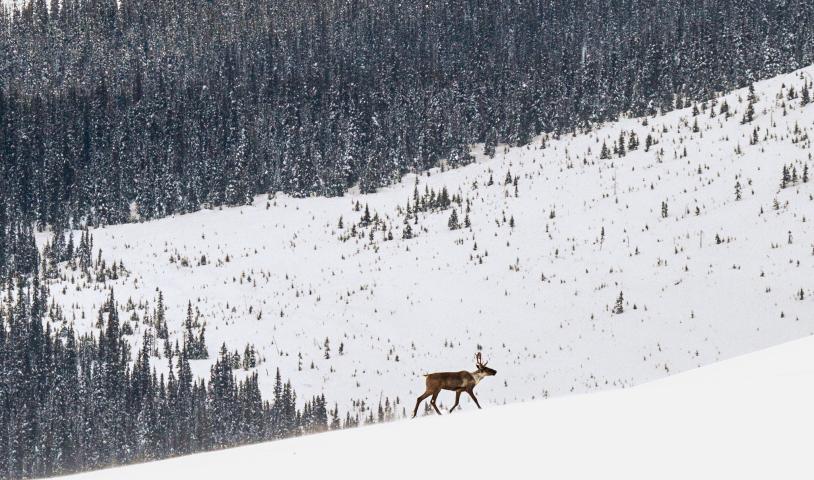Recovery strategy fails to protect birds, court told
Wednesday, June 17, 2009Environmental groups seek to strike down as fatally flawed an endangered-species-recovery strategy for the greater sage grouse
VANCOUVER
An iconic species that symbolizes the sweeping sagebrush landscape of the central prairies is the focus of a lawsuit brought against the federal Environment Minister this week.
Several environmental groups seek to strike down as fatally flawed an endangered-species-recovery strategy for the greater sage grouse, a species in such precipitous decline it may soon disappear from Canada.
Keith Ferguson, a lawyer for Ecojustice Canada, told the Federal Court in Vancouver Tuesday the federal Environment Minister “erred in law, acted unreasonably and/or acted without jurisdiction” in approving a recovery strategy that failed to identify critical habitat.
The environmental groups represented by Ecojustice contend the strategy is worthless without critical habitat identified.
They hope that by striking down the minister's decision they can push the government into revising the recovery strategy not only for the greater sage grouse, but also for other species at risk.
Similar applications have been filed by Ecojustice concerning British Columbia's killer whale populations and the Nooksack dace, a tiny fish found in the Fraser Valley that is nearing extinction.
The greater sage grouse population in Canada has fallen by 80 per cent in the past two decades, with only about 500 to 700 birds remaining in southeast Alberta and southwest Saskatchewan. It once ranged from B.C. well across the prairies.
Mr. Ferguson told the court that greater sage grouse “are intolerant of human disturbance and may abandon breeding sites (known as ‘leks') or suffer decreased survival as a result of increased traffic or construction noise several kilometres away.”
Mr. Ferguson told Judge Russel Zinn the greater sage grouse is one of “the most studied” birds in Canada and experts had identified critical habitat before the government drafted its recovery strategy.
But Erin Tully, a Department of Justice lawyer, urged the court to dismiss the application, saying it “misconstrued the facts” and that it sought to introduce new evidence that was not before the panel when it drafted the recovery strategy.
She said the Federal Court was improperly being asked to step beyond the bounds of a judicial review, “to become an academy of science” that would make an independent decision about what is best for the greater sage grouse.
Ms. Tully agreed the recovery strategy did not identify critical habitat, but said that was because experts felt the available evidence was inadequate, and instead they set out a schedule of studies to identify that habitat.
But according to the environmental groups, the greater sage grouse needs its critical habitat protected now, not at some undetermined future date.
In a statement, the groups said the species is forecast to disappear within six years from Alberta. That would leave only a remnant population of a few hundred birds in Saskatchewan.
The groups bringing the case are the Wilderness Committee, Alberta Wilderness Association, Federation of Alberta Naturalists, Grasslands Naturalists, and Nature Saskatchewan.
http://www.theglobeandmail.com/news/national/british-columbia/recovery-…
